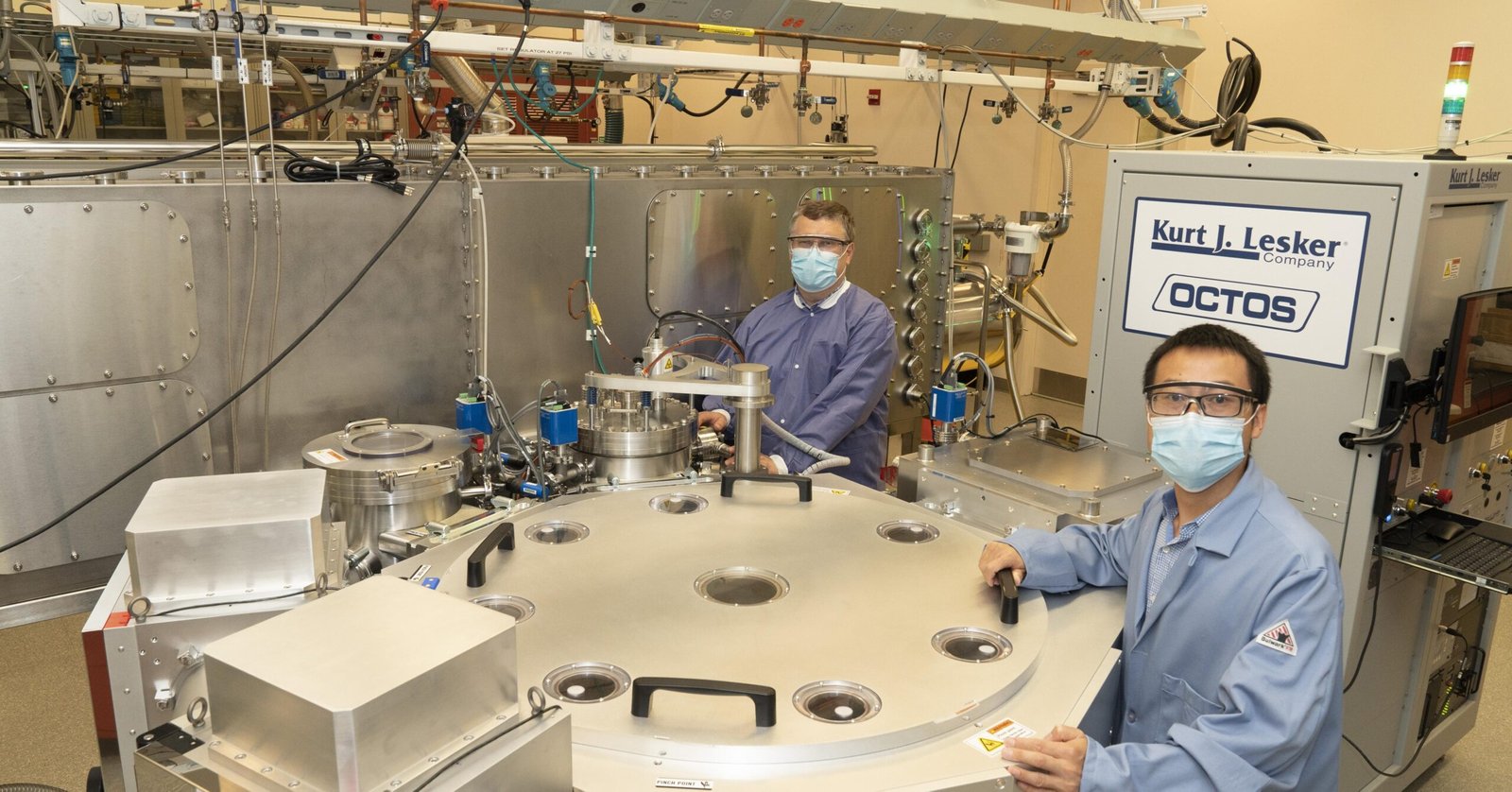Are you curious to know what is quantum confinement? You have come to the right place as I am going to tell you everything about quantum confinement in a very simple explanation. Without further discussion let’s begin to know what is quantum confinement?
The realm of quantum mechanics is a fascinating and often mind-boggling one. In this world, the laws of classical physics give way to a set of rules that govern the behavior of particles at the tiniest scales. One intriguing phenomenon within quantum mechanics is “quantum confinement.” This concept lies at the heart of many technological advancements, particularly in the field of nanotechnology. In this blog, we will explore what quantum confinement is, its implications, and its significance in the world of science and technology.
What Is Quantum Confinement?
Quantum confinement refers to the phenomenon that occurs when particles are restricted to a space so small that their quantum mechanical properties become significant. In simpler terms, it’s like placing a particle inside a tiny box, and as a result, the behavior of that particle changes in fascinating ways. Quantum confinement predominantly affects electrons and photons and is most commonly observed in nanoscale structures, such as quantum dots, nanowires, and nanocrystals.
Key Concepts Of Quantum Confinement:
- Energy Levels: In quantum confinement, the energy levels of electrons become quantized. This means that electrons can only occupy specific energy states, which are dictated by the size of the confinement.
- Size Matters: The size of the confined space is a critical factor in quantum confinement. Smaller spaces lead to larger energy gaps between electron energy levels.
- Tunneling: Due to the uncertainty principle in quantum mechanics, electrons can tunnel through energy barriers that would be insurmountable in classical physics. Quantum confinement can enhance tunneling effects.
Implications Of Quantum Confinement
- Tunable Properties: Quantum confinement allows scientists and engineers to tune the properties of materials. By adjusting the size of nanostructures, they can modify the behavior of particles and, subsequently, the material’s characteristics.
- Optoelectronics: Quantum dots, a prime example of quantum confinement, are used in optoelectronics. The size of these nanocrystals determines the color of light they emit, making them valuable in displays and imaging technologies.
- Enhanced Efficiency: Quantum confinement can improve the efficiency of materials. For instance, in solar cells, it can boost the absorption of light and the generation of electricity.
- Quantum Computing: Quantum confinement plays a crucial role in the development of quantum computers, which rely on the behavior of quantum bits (qubits) to perform complex computations.
- Materials Science: Quantum confinement has led to the discovery of novel materials with unique properties, opening up new possibilities in various industries.
Significance Of Quantum Confinement
Quantum confinement is a cornerstone of nanotechnology, where the manipulation of matter at the nanoscale leads to revolutionary advances in fields such as materials science, electronics, and medicine. By harnessing the principles of quantum confinement, scientists and engineers can create materials and devices with properties that were previously unimaginable. This has led to innovations like faster and more efficient electronic devices, high-resolution imaging, and the potential for groundbreaking developments in fields like quantum computing.
Conclusion
Quantum confinement is a captivating concept that illustrates the profound impact of quantum mechanics on the behavior of particles at the nanoscale. It has transformed the way we approach materials and technologies, leading to remarkable advances in various fields. As we continue to explore the intricacies of quantum confinement, we unlock the potential for even more extraordinary breakthroughs that could shape the future of science and technology.
On GetDailyBuzz you will get to know beneficial information which required in your daily life.
FAQ
What Do You Mean By Quantum Confinement?
Quantum Confinement is the spatial confinement of electron-hole pairs (excitons) in one or more dimensions within a material and also electronic energy levels are discrete. It is due to the confinement of the electronic wave function to the physical dimensions of the particles.
What Is Meant By Confinement In Physics?
Quantum confinement is a quantum mechanical effect observed in very small physical systems, typically at the nanoscale, where the motion of particles is restricted in at least one dimension. This restriction alters the properties of particles, such as electrons, in a way that is not observed in larger systems.
What Are The Three Types Of Quantum Confinement?
Low-dimensional or quantum structures are often categorized by confinement dimension(s) into 3 types: 1D, 2D, and 3D confinements which are respectively described as quantum well (QW), quantum wire, and quantum dot (QD).
What Is The Strong Quantum Confinement Regime?
In the strong confinement regime, where the confining radius is much smaller than the excitonic Bohr radius, the discrete energy levels in quantum dots are separated by several meV and can be populated by a maximum of two elec- tron-hole pairs.
I Have Covered All The Following Queries And Topics In The Above Article
What Is Quantum Confinement Theory
What Is Quantum Confinement In Quantum Mechanics
What Is Quantum Confinement In Nanotechnology
What Is Quantum Confinement Effect
Quantum Confinement Wikipedia
What Is Quantum Confinement Discuss Its Consequences
Quantum Confinement In Nanoparticles Ppt
Quantum Confinement Pdf
What Is Quantum Confinement
What do you mean by quantum confinement

